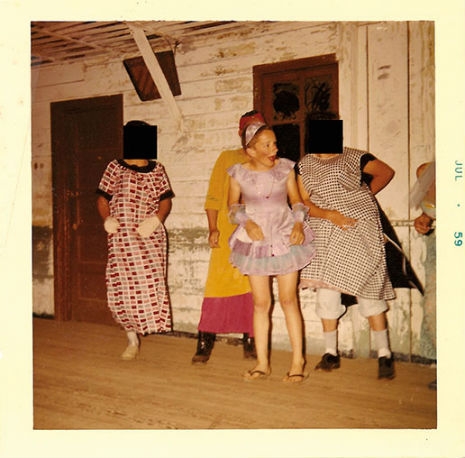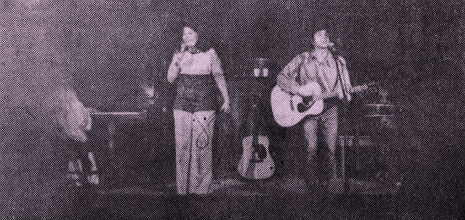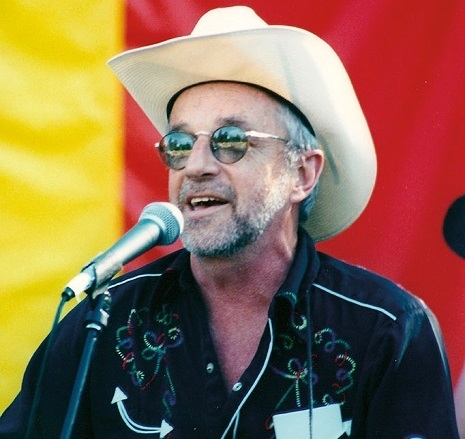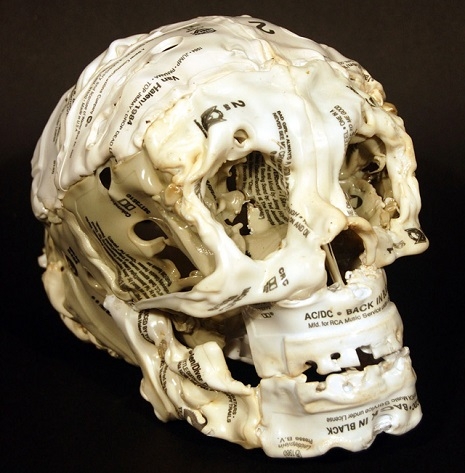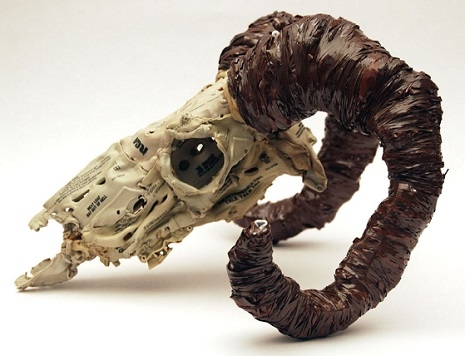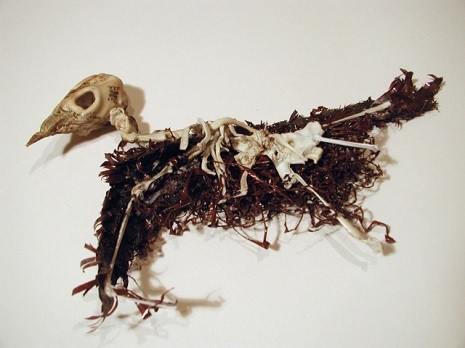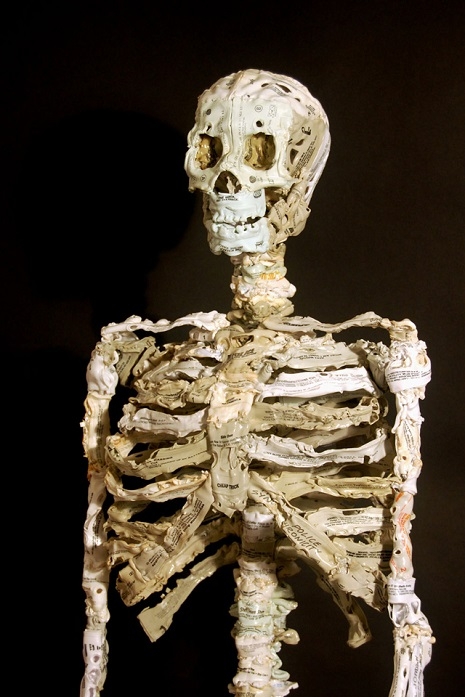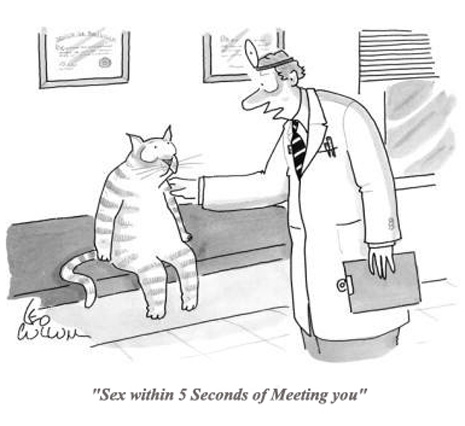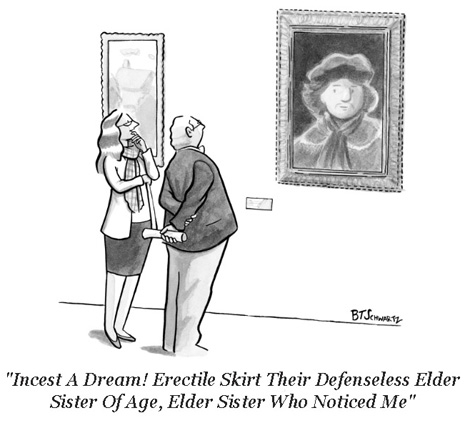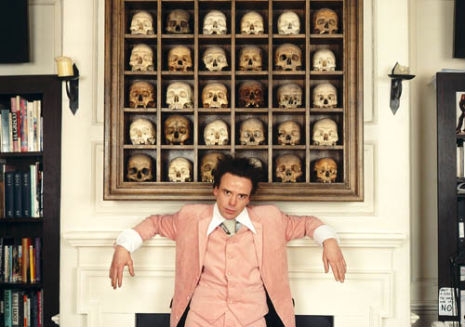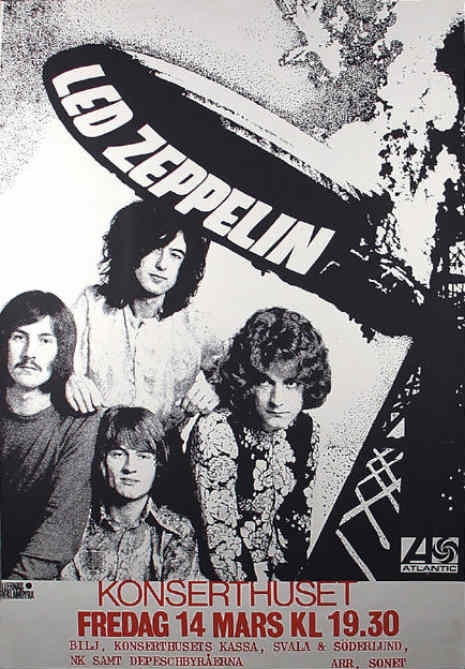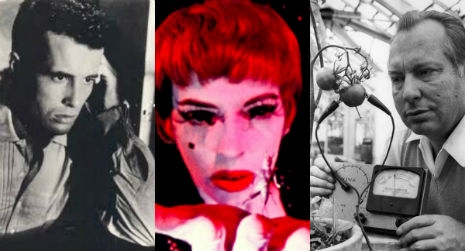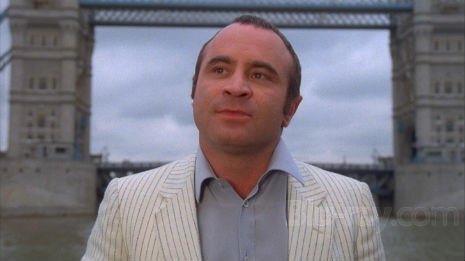
Today is International Workers’ Day. Happy May Day comrades!
“The few own the many because they possess the means of livelihood of all ... The country is governed for the richest, for the corporations, the bankers, the land speculators, and for the exploiters of labor. The majority of mankind are working people. So long as their fair demands - the ownership and control of their livelihoods - are set at naught, we can have neither men’s rights nor women’s rights. The majority of mankind is ground down by industrial oppression in order that the small remnant may live in ease.” — Helen Keller, 1911
This is taken from a short essay about Helen Keller’s political activism found at Dorian Cope’s On This Deity blog. It focuses on the parts of her life story that they didn’t teach us about when we learned about Helen Keller in school… Hey, the blind and deaf chick in The Miracle Worker was a commie!
But what the endless accolades and history books almost always fail to mention is that Helen Keller was a militant radical activist. Her views mirrored the likes of the era’s most notorious dissidents – Emma Goldman and Eugene Debs – who were respectively deported and imprisoned for ten years. “I don’t give a damn about semi-radicals,” she infamously proclaimed; indeed, she leaned so far to the left that the FBI kept a file on her for un-American activities. She was a co-founder of the American Civil Liberties Union; a lifelong socialist who campaigned for Eugene Debs’ presidential candidacy; a member of the revolutionary Industrial Workers of the World; a suffragist and crusader for birth control; an anti-fascist (the Nazis publicly burned her books); and a pacifist, who condemned America’s imperialistic motives in both world wars. Having benefited from a privileged background, Helen recognised the social injustices facing those denied the same opportunities – and blamed industrialism and capitalism not only as the root of poverty but also disability-inducing disease. Her anti-capitalist and pro-worker stance was such that at the 1919 Hollywood premiere of a silent film about her own life, she refused to cross an Actors Equity Union picket line and joined the striking workers on their march.
I have to interrupt here. Ponder that last sentence for a moment. THAT is what you call a hero.
In her lifetime, Helen Keller was one of the most recognisable women in the world, and those who flocked to bask in the radiance of her fame were positively scandalised by her beliefs. After publicly supporting the National Association for the Advancement of Colored People, admiring the Russian Revolution, and fearlessly lambasting the powerful John D Rockefeller for his role in the Ludlow Mine Massacre (“Mr Rockefeller is a monster of capitalism”), Helen’s radicalism became a source of extreme embarrassment to those who required her to be true to The Myth in order that they might gain:
“So long as I confine my activities to social service and the blind, they compliment me extravagantly, calling me ‘archpriestess of the sightless’, ‘wonder woman’, and ‘a modern miracle,’” Helen bemoaned. “But when it comes to a discussion of poverty, and I maintain that it is the result of wrong economics – that the industrial system under which we live is at the root of much of the physical deafness and blindness in the world – that is a different matter!”
Read the entire essay at On This Deity and watch this amazing footage:







